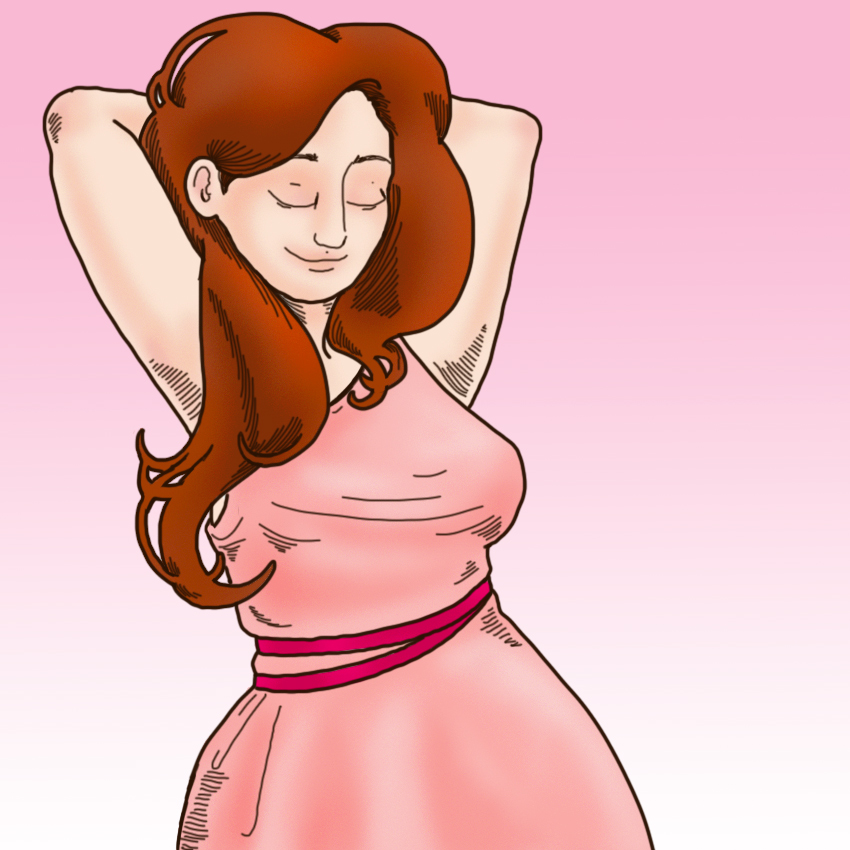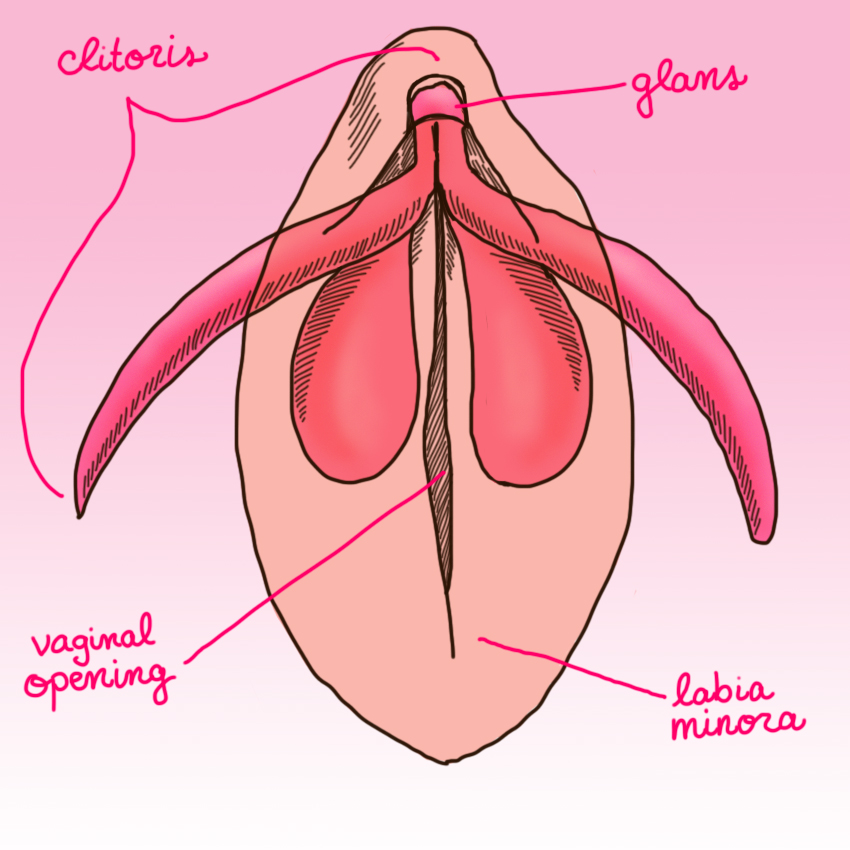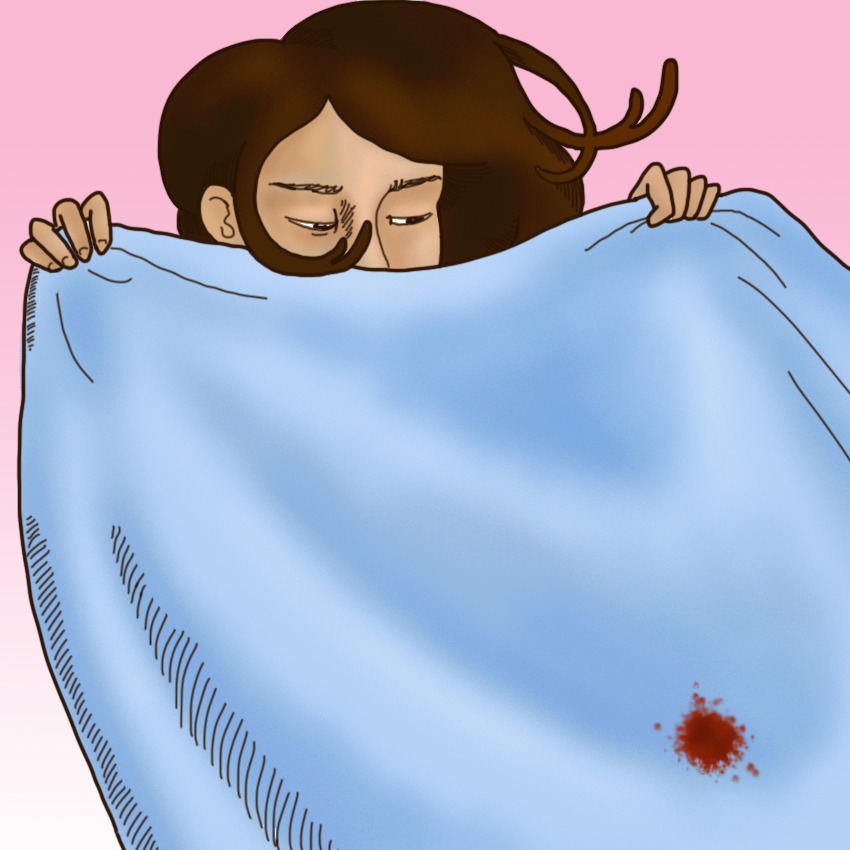Every woman is unique, but there are certain body parts that most of us have in common. They all come in different shapes and sizes, but they more or less serve the same function — especially those geared toward procreation.
Since we spend so much time inside our bodies, we tend to take them — and certain assumptions about them — for granted. However, a lot of us actually know very little about our bodies.
After all, it can be a little embarrassing to talk about your lady bits in public, and you really can't believe everything you read on the internet.
Moreover, a lot of the fun facts we do know about our female anatomy aren't necessarily true — for instance, that our vaginas are supposed to look a certain way, or that there is only one way to lose your virginity.
Instead of falling victim to the myths, learn about the amazing way your body actually does work.
Thumbnail Photo: Wikimedia Commons / Paolo Neo
Myth #1: The Vagina Is The Whole Reproductive Organ

A lot of us tend to use the word "vagina" to describe just about everything that's going on down there.
In truth, the vagina is a very specialized, specific part of your genitalia.
Inner Body explains that the vagina is the tube that connects our outer vulva to the inner reproductive organs.
Myth #2: A Doctor Can Determine Your Virginity

There have been rumors of "virginity tests" for centuries. Luckily, there is a fundamental issue with this concept.
The hymen, which Psychology Today calls, "a membrane widely misunderstood," is supposed to indicate virginity.
However, most women's hymens tear long before they even have sex for the first time, from gradual, everyday wear and tear. Therefore, no doctor, or anyone else, can actually determine your virginity from that alone.
Myth #3: A Woman Can Get Pregnant Any Time Of The Month

There are a lot of things that need to happen in order to get pregnant, and they can't all happen all month long.
According to Clearblue, women can only get pregnant on the days leading up to and on the day they ovulate. For most women, this only ends up being about six days a month.
Myth #4: Breasts Are The Same Size

Nature is obsessed with symmetry, so no one can be blamed for thinking that our boobs should be the same exact size.
However, no one has two identically sized breasts. Just look at yours carefully in the mirror and see for yourself!
That also means it's not something to feel self-conscious about, considering every lady's pair features at least a little difference between them.
Myth #5: The Clitoris Is Hard To Find

There are a lot of reasons why we may have been led to believe that the clitoris is some sort of elusive creature.
However, in reality, the clitoris is pretty large and easy to find. This highly sensitive organ is a little different for everyone, but it's not as tiny as we might think.
Myth #6: Every Woman Bleeds During Her First Time

As mentioned, a lot of women tear their hymens long before their first time. For this reason, not everyone is going to have vaginal bleeding after their first time having sex.
In fact, a lot of first-time vaginal bleeding has nothing to do with the hymen at all, but rather just lack of lubrication (and experience).
Myth #7: Menopause Always Lowers Sex Drive

There is no denying that plenty of women experience a lowered sex drive due to menopause.
Women's Health Network explains all types of hormonal changes may contribute to this.
That being said, every woman is different and goes through menopause in her own way. Some women will not be affected by this, and some even experience an increased libido.
Myth #8: Vaginas Stretch From Sex

The term "loose women" may have us believing that having a lot of sex might result in some slackening down there.
However, as Psychology Today explains, the vagina is an extremely stretchy tube, and it returns to its former glory after intercourse. Therefore, no amount of sex can result in permanent loosening.
Myth #9: Women Orgasm More Frequently Than Men

A study reported by Fox News found that women have fewer orgasms than men. However, this has nothing to do with our anatomy.
In fact, unlike men, women can have multiple orgasms in one sitting. Unfortunately, it can be more difficult for women to "get there," which creates the illusion that we are engineered to be that way.
Myth #10: Women Don't Have Chest Or Nipple Hair

Women are thought to be hairless creatures. However, most of us know that not to be true.
More importantly, we have hair in some of the places we might not love. This is completely normal, and there are a number of harmless conditions that cause excessive body hair growth for women.
Be sure to SHARE this article with your lady friends!




